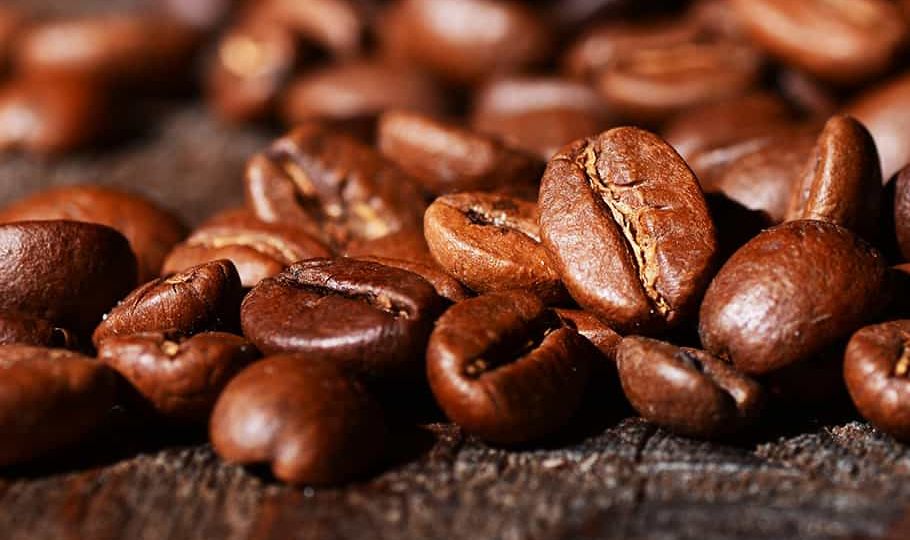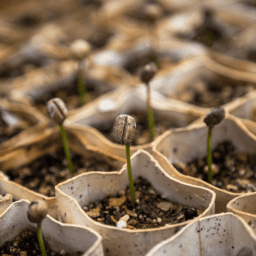
Selecting the right coffee beans is crucial for any coffee enthusiast aiming for the perfect cup. The choice of beans not only influences the flavor and aroma of the coffee but also affects the longevity and performance of coffee-making equipment.
In this context, non-oily coffee beans emerge as a preferred option for many, offering a unique combination of quality, taste, and machine compatibility. This article delves into the essence of non-oily coffee beans, highlighting their characteristics, benefits, and the impact of roasting on oiliness, to guide coffee lovers in making an informed choice.
Characteristics of Non-Oily Coffee Beans
Non-oily coffee beans, typically found in light to medium roasts, are distinguished by their minimal surface oil. This attribute is not just a matter of appearance; it significantly influences the coffee’s flavor profile and aroma. Lighter roasts tend to offer a brighter, more acidic taste, whereas medium roasts balance body and acidity with a fuller flavor.
Moreover, the lack of oil on the surface of these beans contributes to easier maintenance of coffee machines, as oily residues that clog and damage equipment are minimized.
How Roasting Affects Oiliness
The roasting process plays a pivotal role in determining the oiliness of coffee beans. As beans are roasted, the heat causes chemical changes, releasing oils contained within the beans to their surface. The extent of this oiliness is directly related to the roast level; light and medium roasts exhibit less surface oil compared to their darker counterparts.
This variance in oiliness affects not only the beans’ flavor and aroma but also their interaction with coffee brewing and grinding equipment. Lighter roasts, with their reduced oil content, are often recommended for those seeking to avoid the potential drawbacks associated with oily beans, including equipment degradation and altered taste profiles.
Top Picks for Non-Oily Coffee Beans
When searching for the best non-oily coffee beans, it’s important to consider roast level, flavor profile, and compatibility with espresso machines. Below, we explore a curated selection of beans that meet these criteria, offering a variety of tastes to suit any coffee lover’s palate.
Sumatra Dark Roast – Earthy and Complex Flavor
Sumatra Dark Roast is renowned for its earthy, complex flavors, with hints of fruity, nutty, and sweet tones. Despite being a dark roast, it maintains a low oil content, making it an exceptional choice for those seeking depth without compromising equipment health. Ideal for a rich, after-dinner coffee, it pairs well with desserts and can be brewed using traditional drip or French press methods to highlight its unique profile.
Miscela D’Oro’s Gran Crema Espresso Beans – Smooth and Balanced
Miscela D’Oro’s Gran Crema offers a medium roast option that is perfectly balanced for daily espresso use. With its smooth taste and thick crema, this blend delivers an intense aroma without the oiliness often found in espresso beans. Its simplicity and full-bodied nature make it versatile for both espresso and milk-based drinks, providing a consistent and satisfying cup every time.
Lavazza Super Crema – Medium-Light Roast with Notes of Brown Sugar and Hazelnuts
Lavazza Super Crema is a medium-light roast that strikes an excellent balance between flavor and non-oiliness, making it ideal for espresso machines. With notes of hazelnut and brown sugar, this blend creates a mild, creamy espresso that’s easy to enjoy any time of the day. It’s particularly suited for those looking to perfect their latte or cappuccino at home.
Illy Classico Whole Bean Coffee – Mild Arabica Blend
Illy Classico is a testament to the quality of mild, Arabica blends, offering a medium roast coffee that is well-suited for espresso lovers who prefer a gentler cup. It features soft notes of jasmine, caramel, and a hint of chocolate, providing a smooth and velvety espresso experience without the oily residue.
Koffee Kult Dark Roast – Rich and Bold Java
For those who favor a rich and bold taste, Koffee Kult Dark Roast presents a compelling choice. This blend boasts a smoky and earthy flavor profile, with dark chocolate and nutty notes, all while maintaining a low oil content. It’s an excellent choice for super-automatic machines, ensuring a smooth grind and a consistently strong, flavorful cup.
ITALIAN Dark Roast Whole Bean – Robust and Full-Bodied
ITALIAN Dark Roast is for coffee enthusiasts who crave the intensity of a dark roast without the oily texture. This robust, full-bodied coffee offers rich flavors of dark chocolate, caramel, and toasted nuts, providing a hearty and invigorating coffee experience. Suitable for both espresso and traditional brewing methods, it ensures a powerful start to the day.
Kicking Horse Cliff Hanger Espresso – Organic Arabica
Kicking Horse Cliff Hanger Espresso stands out for its organic Arabica beans, offering a medium roast that’s perfect for espresso. The blend is characterized by a silky and complex flavor profile, with hints of cocoa, sweet tobacco, and stone fruits. It’s an environmentally friendly choice that doesn’t compromise on taste or quality, ideal for espresso aficionados looking for a sustainable option.
Selecting Your Perfect Non-Oily Coffee Bean
Choosing the right non-oily coffee bean involves considering your personal taste preferences, the type of brewing equipment you use, and the coffee strength you enjoy. Light to medium roasts are generally non-oily and offer a range of flavors from bright and acidic to balanced and smooth.
Consider the origin of the beans as well, as different regions impart unique characteristics to the coffee. Experimenting with various roasts can help you find the perfect match for your palate and brewing method.
FAQs
What is the difference between oily and non-oily beans? Oily beans typically result from dark roasting and can clog coffee machines over time. Non-oily beans, usually light to medium roasts, have less surface oil, contributing to cleaner equipment and a different flavor profile.
How does bean oiliness impact coffee flavor and machine health? Non-oily beans tend to produce a lighter, brighter coffee flavor, while oily beans offer a richer taste. However, oily beans can lead to maintenance issues in coffee machines due to residue buildup.
Any tips for storing beans to maintain freshness? Store your coffee beans in a cool, dark place in an airtight container. Avoid refrigeration, as moisture can affect the beans’ quality. Use your beans within a month of purchase for the best flavor.
How to Store and Brew Non-Oily Coffee Beans
To preserve the quality and flavor of non-oily coffee beans, store them properly in an airtight container away from direct sunlight and moisture. When it comes to brewing, each bean type may shine with different methods. Light roasts perform well with pour-over or drip coffee makers, while medium roasts are versatile, suitable for a range of brewing methods from espresso to French press.
The Health and Environmental Impact of Choosing Non-Oily Beans
Selecting organic and fairtrade non-oily coffee beans can have positive health and environmental impacts. Organic beans are grown without harmful pesticides, promoting a healthier coffee option. Fairtrade certification ensures that coffee farmers receive a fair wage for their work, supporting sustainable farming practices. These choices contribute to a healthier planet and a more equitable coffee production industry.
Conclusion
Choosing non-oily coffee beans offers benefits for both taste and machine longevity. With a wide range of flavors and strengths available, these beans can satisfy any coffee lover’s preferences while ensuring the durability of brewing equipment. Experimenting with different roasts and origins can lead to discovering your personal favorites, enriching your coffee experience with each cup.









